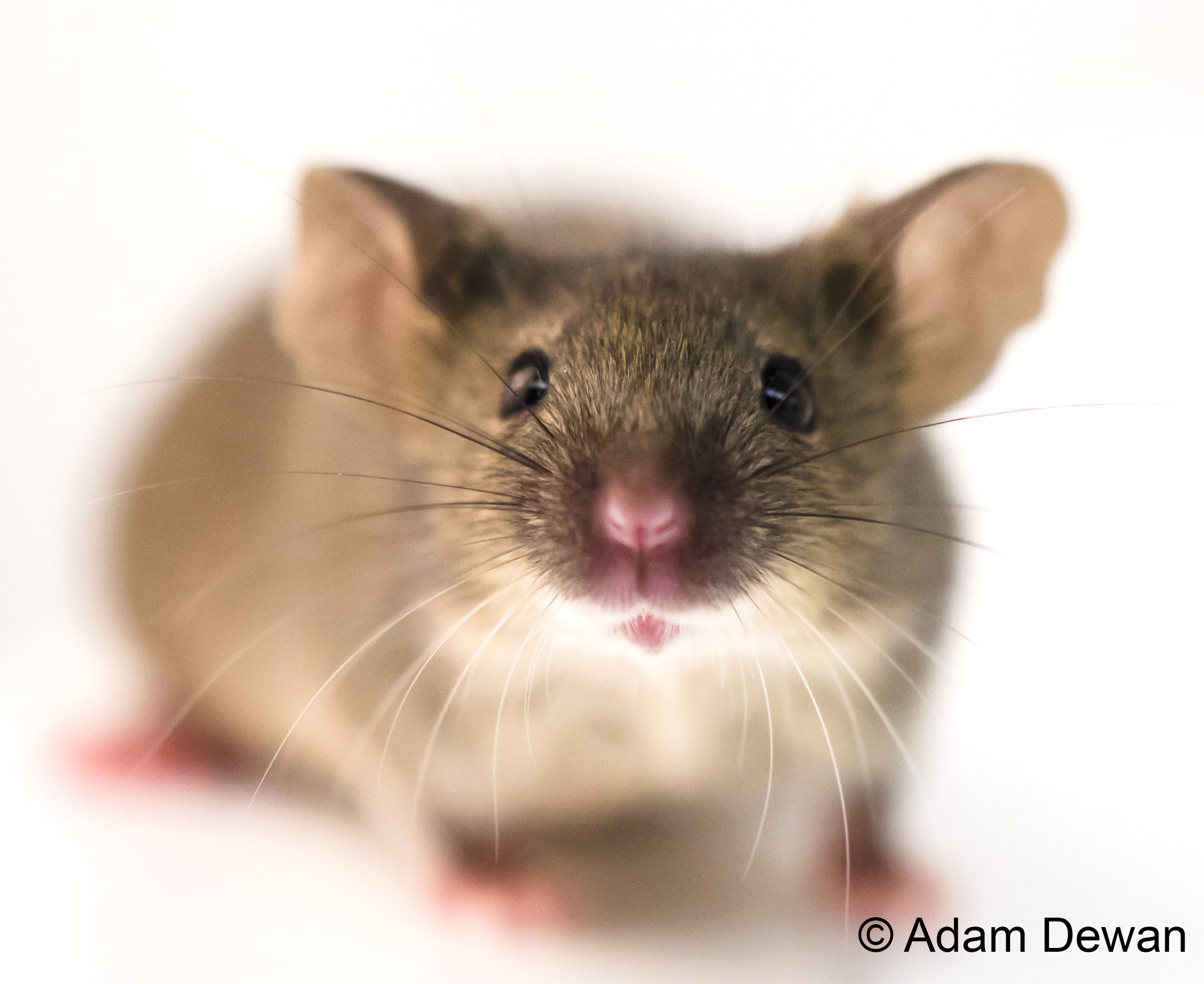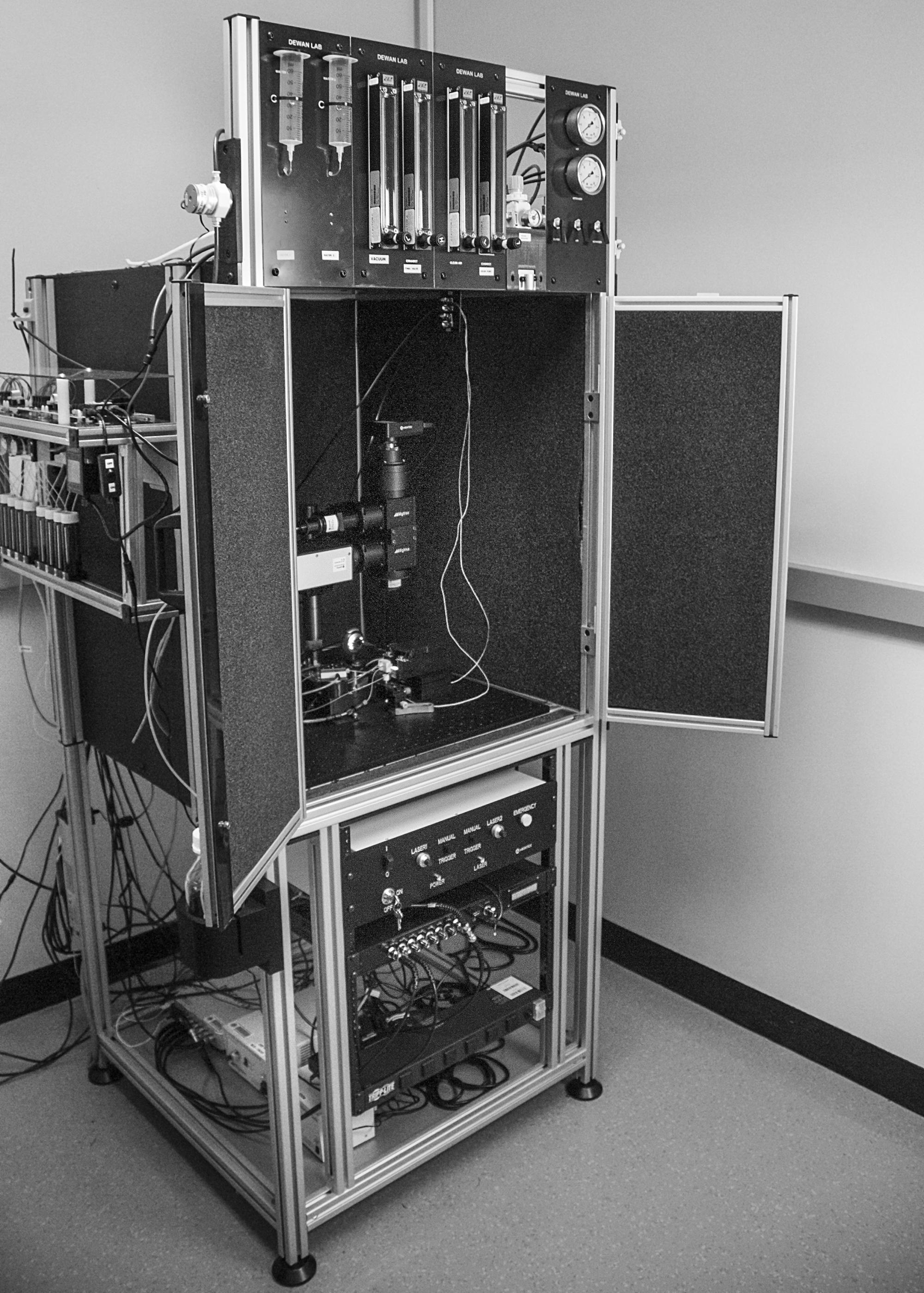The laboratory is focused on the molecular and cellular basis of sensory perception.

We use a combination of genetic, optogenetic, optical imaging, and behavioral techniques in mice to explore how olfactory perception is mapped and encoded within the brain. Our work centers on trace amine-associated receptors (TAARs), a small class of main olfactory receptors that preferentially respond to an ethologically-relevant class of odors.
TRACE AMINE-ASSOCIATED RECEPTORS (TAARs)
The main olfactory receptor (OR) repertoire of mice can be divided into three classes of based on genetic similarity. Class I (~100) and Class II (~900) ORs and the small family of 14 trace amine-associated receptors (TAARs). The TAARs are phylogenetically distinct from ORs being more closely related to biogenic amine receptors (e.g. serotonin receptors). Despite their divergence, TAARs couple to the same signal transduction cascade and olfactory sensory neurons that express TAARs converge to typical glomeruli within the main olfactory bulb.
The TAARs respond selectively to amines—a biologically relevant class of compounds that is ubiquitous in biological systems. For example, specific amines are highly enriched during the initial decomposition process of many food items and are therefore prominent components of both predator and conspecific urine.

We are using these receptors as a model to address THE FOLLOWING QUESTIONS:

1. What is the contribution of individual receptors to odor perception?
2. How does the organization of the olfactory system impact perception?
3. How is odor information represented in higher cortical regions?



